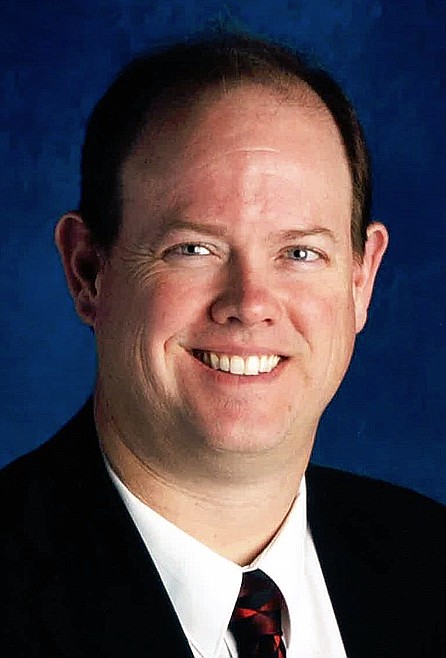COMMENTARY: The real facts on our school levy
I appreciate the editor’s note at the end of Brent Regan’s Aug. 26 commentary on our proposed School Safety and Deferred Maintenance levy. If you missed that postscript, it’s worth a read. It repeats an important fact that voters shouldn’t overlook before Tuesday’s election: The overall property tax rate for Coeur d’Alene Public Schools will be lower in the coming year, consistent with a trend we have seen over the past six years. The tax rate will be lower than last year regardless of the outcome of Tuesday’s vote.
On June 20, your District 271 Board of Trustees voted unanimously to present the levy to voters in order to address safety and maintenance needs sooner rather than later. Since then, we have worked diligently to share information with the community about the urgent safety and maintenance needs in our schools, and how we don’t get state funding to cover these costs. The Idaho Legislature long ago delegated that responsibility to local communities. That’s why school districts rely on voter-approved bonds to build, expand and remodel schools. That’s why we seek supplemental levies to fund other essential needs not covered in the state education budget.
Unlike other states, Idaho does not have a dedicated fund for school facilities. In Idaho, school districts are given a portion of state lottery proceeds. Our district spends that money on routine maintenance of 41 buildings across 18 school campuses and four support service sites. This money is for day-to-day upkeep of the facilities such as custodial and groundskeeping work. Staff wages, maintenance equipment and cleaning supplies are part of these costs.
The lottery money we get this year will average less than $56,000 per school. This money doesn’t help us with our growing deferred maintenance backlog, which now exceeds $25 million. Replacing broken heating/air conditioning units serving just one wing of Coeur d’Alene High School would cost $2 million, twice as much as our entire lottery allotment. The cost to repair and replace damaged stucco siding at CHS will cost $185,000. Repainting one of our 11 elementary schools would cost $77,000.
Mr. Regan also compares spending in our school district to that of a small charter school in Rathdrum. Such comparisons are misleading, as school districts like ours operate under a different set of expectations for student support. Charter schools simply don’t have to provide the same range of services, including busing, food service programs and special education. They don’t need to meet the same community expectations to provide robust after-school, co-curricular and extracurricular opportunities for students. Although the charter school referenced by Regan is notable for ranking high in academics, it's like comparing apples to cauliflower. Both are good but in very different ways.
Back in 2016 our overall tax rate was $2.38 per $1,000. As the value of all taxable property in the school district has gone up, our tax rate has steadily fallen. Tax rates decrease proportional to the increase in net taxable value (the tax base).
It’s true that rising property values are one reason the tax base has increased. But there’s another reason that all of us see here: residential and commercial growth. The explosion of new housing and other development over the past few years also builds up our tax base. When more property owners share the responsibility of paying school taxes, that reduces the average amount individuals pay.
When you compare our school district to the levy rates of the largest 20 districts in Idaho, we have the second-lowest tax rate of them all. Our neighboring Post Falls School District has the lowest rate in the top 20. This is evidence that our local school districts do not ask for funds which are not needed.
We have been transparent and detailed in our explanation of the need for this levy and the real impact it will have on your taxes. If this levy passes, the total school district tax rate next year will be $1.31 per $1,000. That’s about 25 cents less than the current rate. Each homeowner can look at the assessed value of their house, subtract the $125,000 exemption that is not taxed, and decide if what they are asked to pay is reasonable to ensure that our community has a safe and healthy school system that supports the needs of all students.
I do appreciate Mr. Regan’s closing line: Vote Tuesday. Good decisions require good information.
Dr. Shon Hocker is Superintendent of Coeur d’Alene Public Schools.

